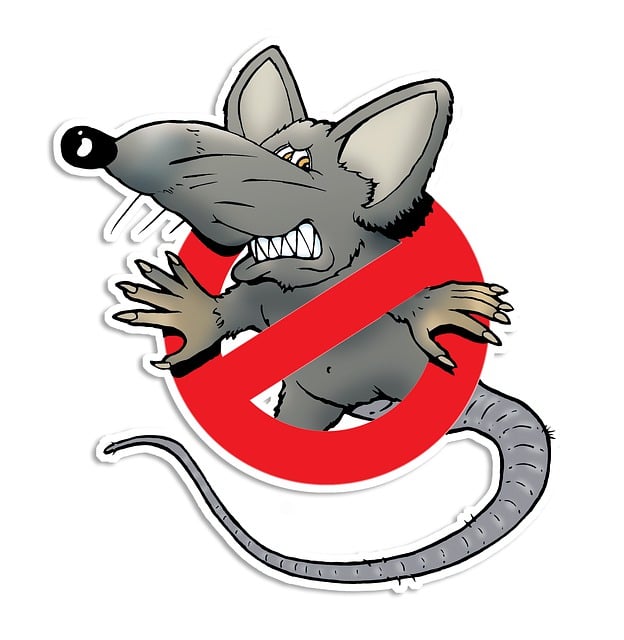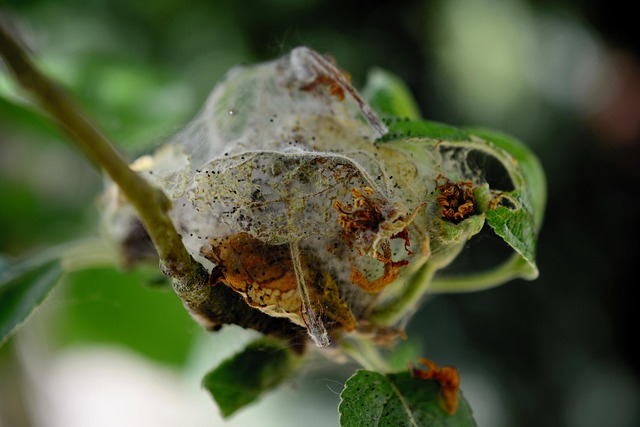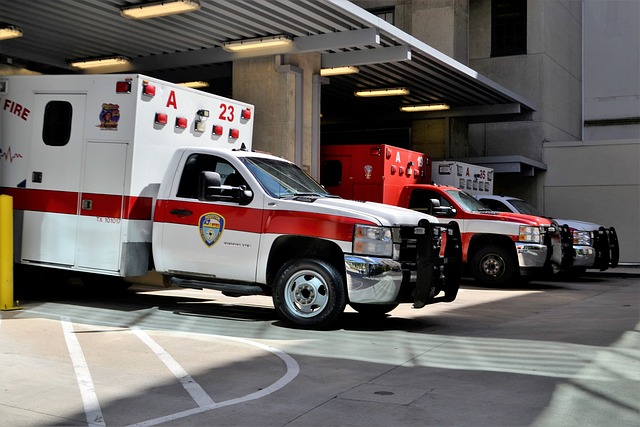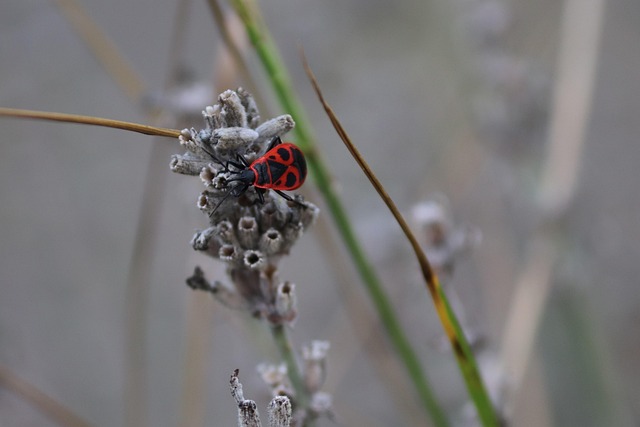In urgent pest control situations, immediate professional intervention is key to mitigating damage and health risks from infestations, weather events, or structural issues. Emergency services employ specialized equipment and tailored treatments for swift eradication, minimizing risks with modern methods like thermal imaging and eco-friendly pesticides. Proper preparation with essential tools and safety protocols ensures effective yet secure resolutions, while proactive measures prevent future emergences.
In urgent situations, effective pest control is essential for maintaining a safe and healthy environment. This article delves into the critical aspects of emergency pest control, equipping readers with vital knowledge for swift action. We explore common pests requiring immediate attention, rapid response strategies, essential tools, safety measures, and preventive steps to avoid future emergencies. Understanding these key elements empowers individuals to handle pest issues effectively, ensuring a peaceful and pest-free space.
Understanding Emergency Pest Control Situations

In many cases, an urgent situation with pests requires immediate attention due to the potential damage or health risks they pose. Emergency pest control situations can arise from various factors, such as sudden infestations of invasive species, extreme weather events leading to pest migration, or structural issues that provide easy access for pests into homes and buildings. Recognizing these scenarios is crucial in effectively managing them.
When faced with an emergency, rapid response is key. Prompt action helps mitigate the impact and prevents further complications. Professional emergency pest control services are equipped to handle such situations, employing specialized equipment and treatments tailored to specific pests. Their expertise ensures that risks are minimized, and any existing infestations are eradicated efficiently.
Common Pests That Require Urgent Attention

When it comes to emergency pest control, certain insects and creatures demand immediate attention due to their potential for rapid population growth, destructive behaviors, or health risks. Pests like rodents, ants, termites, bed bugs, and cockroaches top the list for urgent treatment. These common intruders can cause significant damage to properties and pose serious health hazards if left unchecked.
Rodents, for instance, are known to chew through wires, insulation, and even wood structures, leading to fire hazards and costly repairs. Ants and termites can infiltrate homes and buildings, causing structural damage over time. Bed bugs and cockroaches not only cause discomfort but also trigger allergies and asthma in some individuals. Timely intervention by professional emergency pest control services is crucial to mitigate these issues before they escalate into major problems.
Rapid Response Strategies for Effective Emergency Pest Control

In urgent situations, quick action is key when it comes to effective emergency pest control. Implementing rapid response strategies can significantly minimise damage and prevent the spread of pests in homes, businesses, or agricultural settings. The first step involves identifying the specific pest infestation and understanding its behaviour, as different pests require tailored approaches. Immediate containment and isolation are crucial; sealing entry points, removing food sources, and quarantining affected areas help contain the infestation.
Trained professionals play a vital role here, as they can swiftly deploy appropriate tools and treatments. Modern emergency pest control services often employ advanced technologies, such as thermal imaging for hidden infestations or targeted applications of eco-friendly pesticides. Regular monitoring and follow-up visits are essential to ensure the pest population is eradicated, and further damage is averted.
Essential Tools and Equipment for Immediate Pest Management

When facing an urgent pest invasion, having the right tools and equipment readily available can make all the difference in effective emergency pest control. Essential items include high-quality protective gear such as gloves, goggles, and masks to safeguard against potential hazards during treatment. A reliable and well-maintained sprayer or pest control gun is crucial for efficient application of pesticides, ensuring accurate and controlled coverage.
Additionally, a comprehensive first aid kit should be on hand to address any minor injuries that may occur while managing the situation. It’s also beneficial to have a range of pest-specific traps and baits tailored to the immediate threat. These tools empower individuals or professionals to swiftly respond to emergency pest control needs, minimising damage and ensuring a faster resolution.
Safety Measures When Handling Emergency Pest Control Issues

When addressing emergency pest control issues, safety should be the top priority for both professionals and homeowners. It’s crucial to understand that some pests can pose significant health risks, so proper precautions are essential. This includes wearing protective gear such as gloves, masks, and goggles to prevent direct contact with harmful substances or pest bodies. Ensure adequate ventilation in the treated areas and follow all safety instructions provided by the pest control products you use.
In an emergency, it’s natural to feel rushed, but taking a moment to read and understand product labels can save time and avoid accidents. Emergency pest control situations may require immediate action, but impulsiveness can lead to mishandling of chemicals or exposure to pests. Always seek professional assistance for severe cases, as certified experts have the training and equipment needed to handle these scenarios safely and effectively.
Preventive Steps to Avoid Future Emergencies

To prevent future emergences, proactive measures are essential for effective pest control. Regular inspections should be conducted to identify and address potential entry points for pests, such as cracks or gaps in walls, windows, and doors. Maintaining a clean environment, including proper food storage and waste management, can significantly reduce pest attraction. Moreover, keeping vegetation trimmed away from structures can hinder pest habitats and limit access.
Implementing preventive steps like sealing off water leaks, repairing faulty plumbing, and maintaining dry environments further deters pests. Regular vacuuming and dusting can eliminate eggs and larvae, while using pest-repelling plants or natural barriers can offer non-toxic solutions. Proactive strategies not only save time and money in the long run but also ensure a healthier living space by minimizing exposure to pesticides, especially in emergency pest control scenarios.
